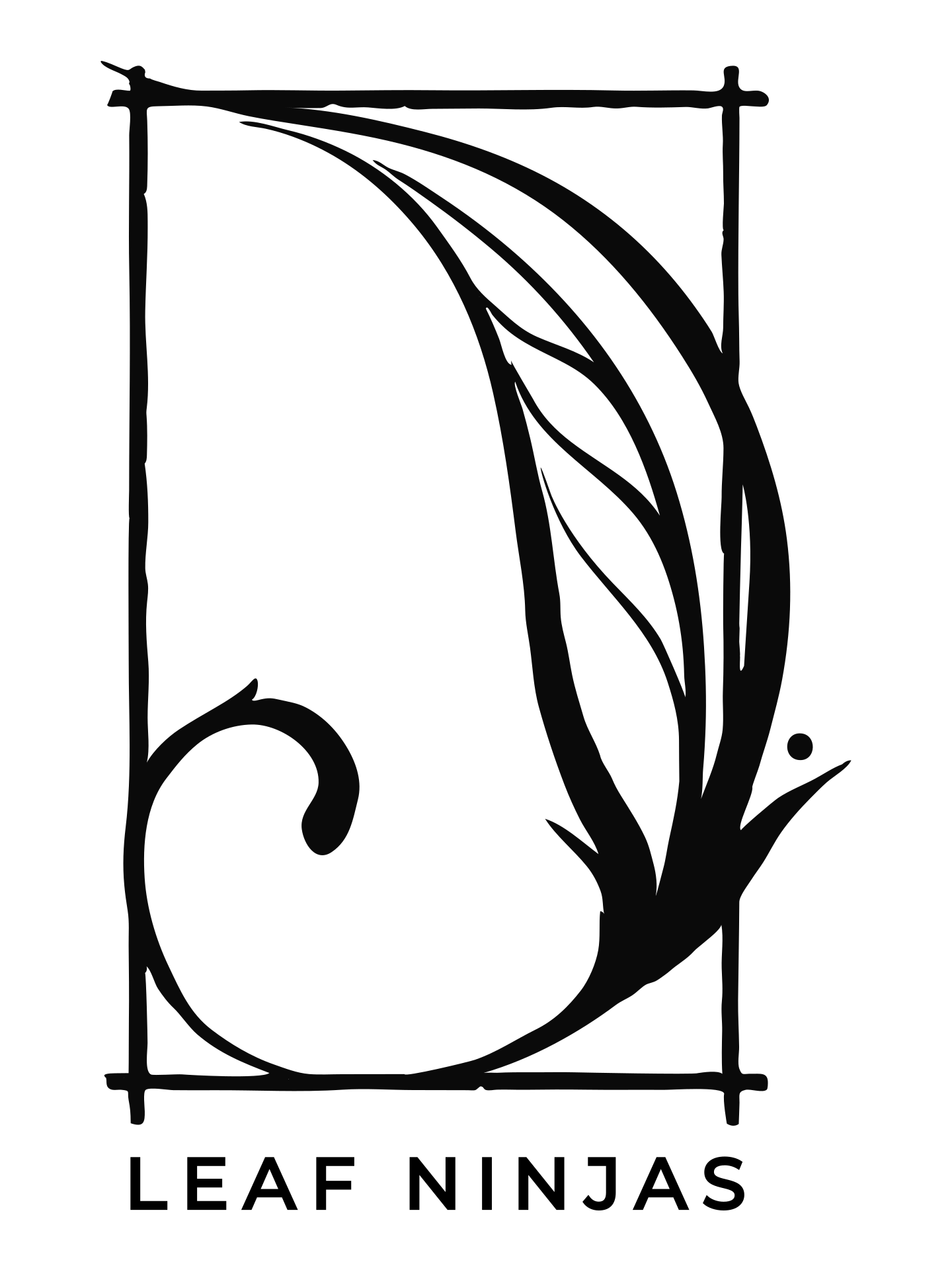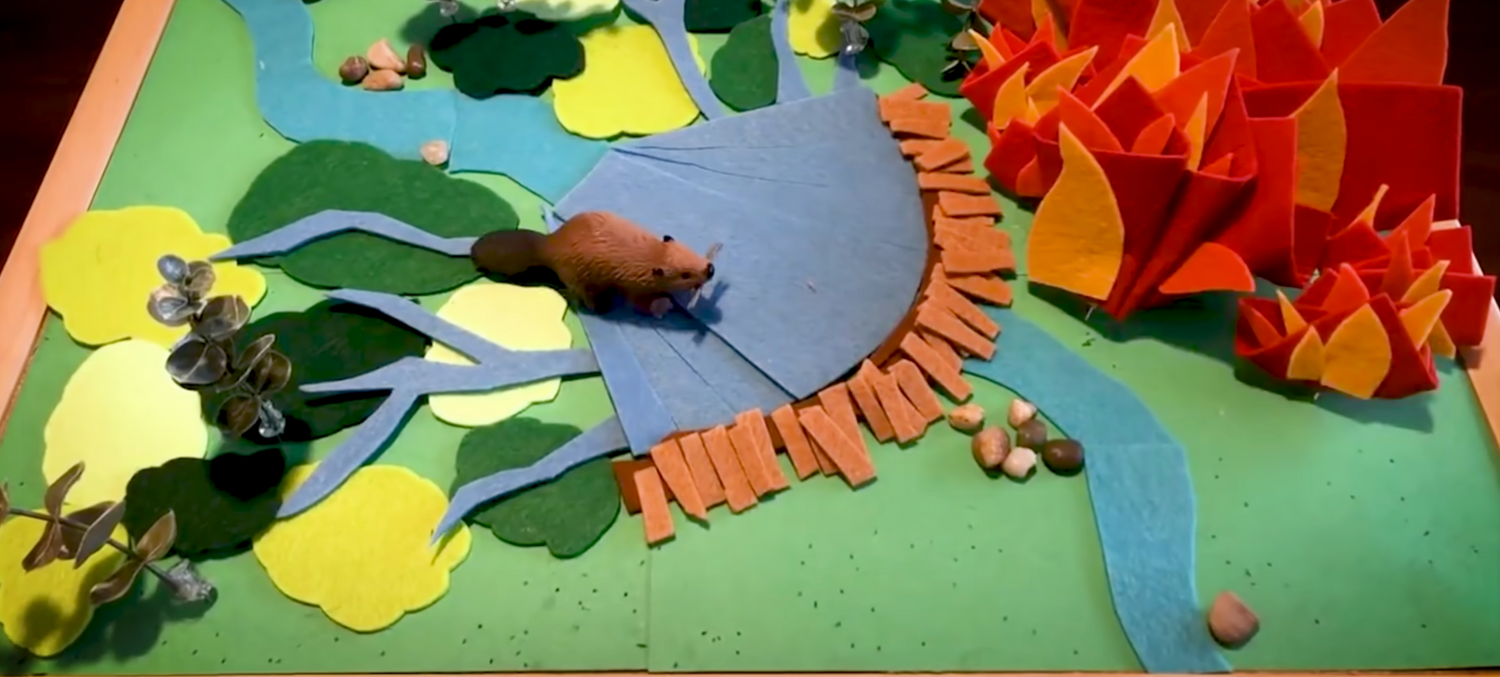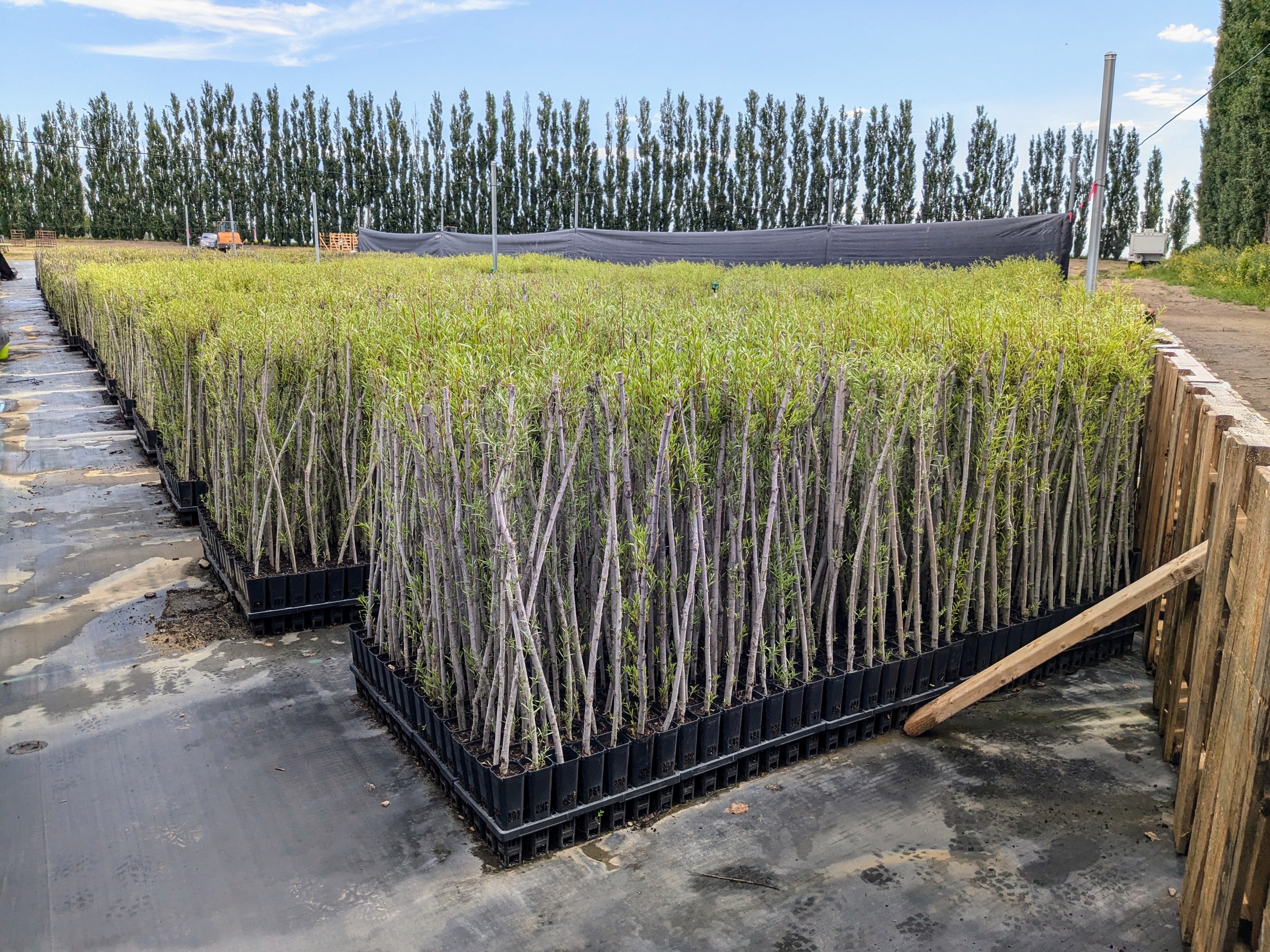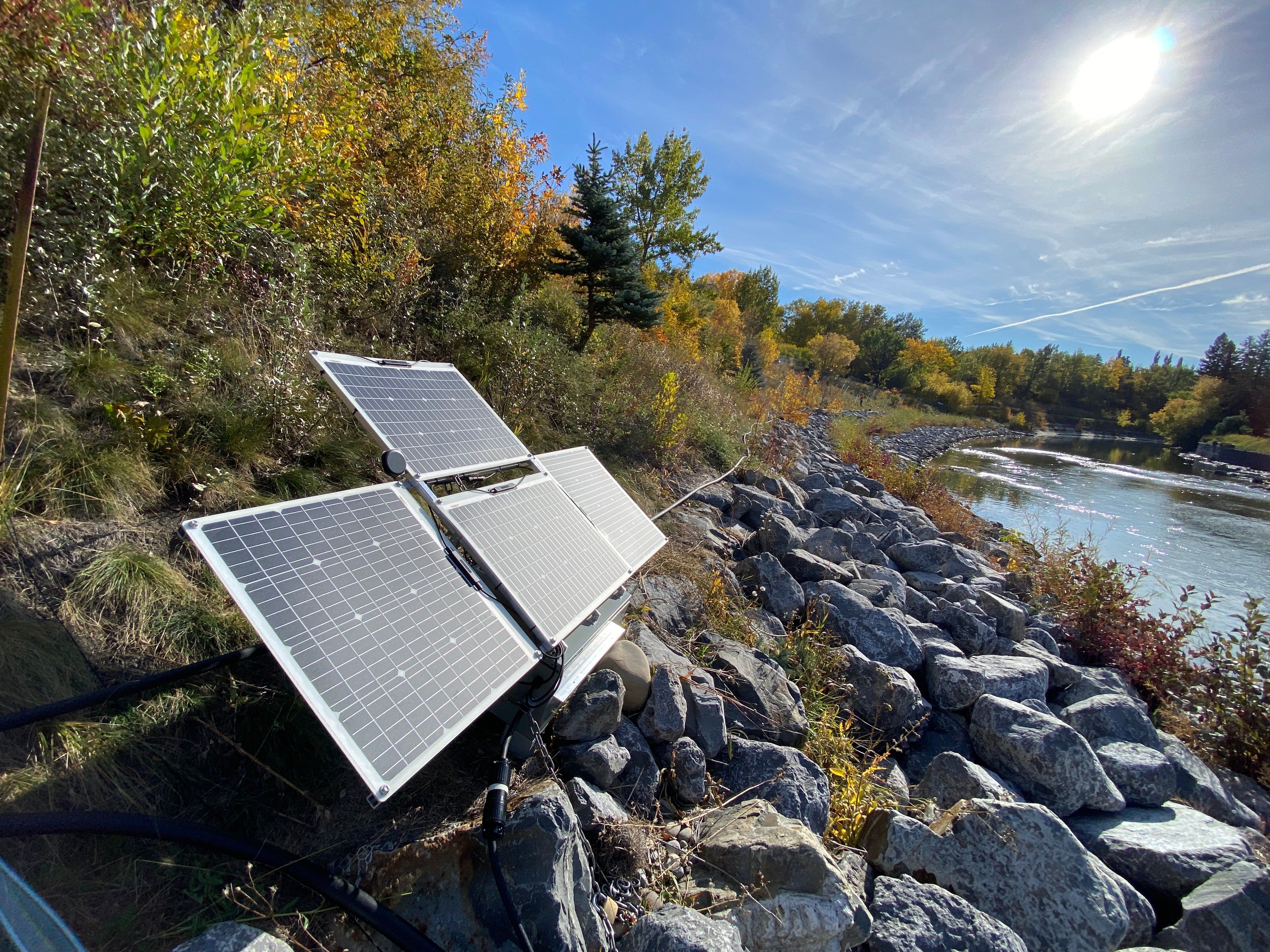Ever been in a situation where everything on paper looks flawless, but the real world throws in that unpredictable wrench? You’re not alone! Designers, engineers, and planners often dream up the perfect project, only to find that when the boots hit the ground, reality laughs in their face. Think of it like baking a cake, where the recipe is immaculate, but no one accounted for the fact that the oven runs hot or that you only have baking soda, not powder... Oops!

The truth is, there’s a crucial link missing in many of these projects: the field experience of those actually doing the work. Bringing designers and implementers together at the start of a project—before shovels hit the ground—can make all the difference. It’s not just about executing a plan; it’s about adapting, learning, and thriving with every curveball Mother Nature throws.

The Case for Collaboration
Let’s set the stage: you’ve got an amazing ecological restoration design for a site. The design has been signed off, budgets allocated, contracts inked. What could go wrong, right? Well, quite a lot. You see, designers often don’t get to see the full picture until it's too late. Maybe the plants aren’t available because the season’s wrong, or the soil’s too dry to even consider planting at this time of year. All those gorgeous renderings? Toss 'em aside because nature didn’t get the memo.

This is where the implementers come in—people with dirt under their nails and years of on-the-ground experience. These are the folks who know that willows aren’t going to cooperate in July or that you’ll be fighting a losing battle against invasive species unless you tweak the timeline. By working alongside designers early in the process, they can flag these potential issues before they become expensive mistakes.

Enter the Wrench: Delays at the Start Line
In real life, projects don’t go from idea to perfect execution like in the movies. More often than not, they involve a series of hiccups—delays, redrafts, change orders. One of the most common scenarios? A beautifully crafted plan is handed off, only for the implementers to say, "Wait a minute, this won’t work. Not now, not like this." Cue the paperwork scramble and project delays.
This kind of headache could have been avoided if implementers were part of the planning process from day one. Imagine a scenario where the design team says, "We want willows here," and the implementers chime in with, "Great idea, but let’s hold off until fall so they’ll be dormant and will survive the winter." Collaboration from the start turns the wrench into a perfectly timed tweak, saving time and budget.

Why Does This Matter?
It’s not just about saving headaches. It’s about creating a feedback loop where everyone—designers, planners, implementers, and yes, even Mother Nature—gets a say in how things go down. Think of it like a real-time experiment, where every project becomes an opportunity to learn and grow. And a hard truth about learning from natural systems is that it can take a very very long time to get the data back.
By encouraging designers and implementers to share their experience, we can create projects that are stronger, more resilient, and more likely to succeed. Designers learn the subtle craftsmanship of installation, while implementers can be challenged to shape new solutions that meet the project's vision. We can all walk this path together sharing and learning from every challenge and success.

Do-Learn-Repeat
In restoration, we’re never just “done.” Plants grow (or don’t), ecosystems shift, and seasons change. Every project offers lessons that make the next one even better. Success isn’t just about hitting survival rates or checking off the list of deliverables. It’s about integrating knowledge from all sides—design, implementation, and the unpredictable curveballs of the natural world.
For example, if willows didn’t take root in a dry season, was it a bad design? Poor implementation? Or was the timing just off? These aren’t finger-pointing questions; they’re opportunities to refine our approach, adjust our strategies, and plan for better outcomes next time.

Why It All Comes Back to Trust and Communication
The real magic happens when expert teams trust each other enough to have open, honest conversations early and often. Designers shouldn’t feel like they’re stepping on implementers’ toes, and implementers shouldn’t feel like they’re just there to execute someone else’s vision. It’s about mutual respect, sharing knowledge, and working together to find the best solutions.
When we bridge that gap between the drawing board and the field, everyone wins. The project is more successful, the lessons learned are more valuable, and the ecological restoration actually stands a chance of thriving.

So next time you’re working on a project, ask yourself: Have I brought the right people into the conversation? Are we sharing knowledge openly, adapting where necessary, and setting ourselves up for long-term success? If not, now’s the time to start. After all, isn’t that what real restoration is all about?
Remember, restoration isn’t just about planting a few trees or fixing a streambed. It’s about creating systems that work with nature, not against it. And when we do that—when we connect the brainy design work with the gritty, hands-on fieldwork—we don’t just restore landscapes; we restore the very process of restoration itself. And that, my friends, is where the magic happens.

P.S. If you’re a fan of ecological restoration (and I hope you are after reading this), check out the Society for Ecological Restoration’s North America Conference happening this year! It’s an incredible opportunity to dive deeper into these topics and hear from professionals working in the field. Leaf Ninjas will have two speakers at the event, so stop by and say hi! You can learn more about the event and register at sernac.org. Hope to see you there!




Leave a comment
All comments are moderated before being published.
This site is protected by hCaptcha and the hCaptcha Privacy Policy and Terms of Service apply.